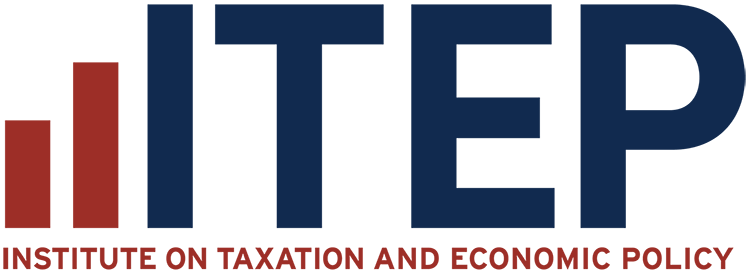Even though there is little evidence that cutting taxes and reducing public investments actually spurs economic development, lawmakers across the country have been persuaded to give tax breaks to companies in hopes of encouraging a thriving economic climate in their state. Some lawmakers are wising up to the idea that subsidies don’t work. But for policymakers who insist on offering incentives, there are some important, simple, and concrete steps that can be taken to ensure that subsidies aren’t allowed to go unchecked. This policy brief offers guidance on best practices for alternatives to providing blanket tax breaks.

Publication Search Results
Examining Economic Development Research
State and local lawmakers face enormous pressure to attract and retain business investment–and all too often, anti-tax advocates will argue that tax cuts are the best approach to economic development, usually armed with “research” studies that conclude slashing taxes is necessary for economic development. But all too often, these studies are based on shoddy assumptions that make their results unreliable. This policy brief offers guidance on how to critically examine studies that claim that taxes must be cut in order to spur economic development.
Texas is a Low Tax State, But Not for Families Living in Poverty
Washington is a Low Tax State, But Not for Families Living in Poverty
Tennessee is a Low Tax State, But Not for Families Living in Poverty
Florida is a Low Tax State, But Not for Families Living in Poverty
Arizona is a Low Tax State, But Not for Families Living in Poverty
Why States That Offer the Deduction for Federal Income Taxes Paid Get it Wrong
As states continue to grapple with the impact of the most recent economic downturn, the budget revenue outlook for many states remains bleak. In this context, states must find ways to generate additional revenue without increasing the tax load on individuals and families struggling to make ends meet. For six states–Alabama, Iowa, Louisiana, Missouri, Montana, and Oregon–one straightforward approach would be to repeal the deduction for federal income taxes paid. Repealing the deduction would help these states reduce their budgetary gaps and make their tax systems less unfair. This policy brief explains how the deduction for federal income taxes works and assesses its impact on state budgets and tax fairness.
How State Personal Income Taxes Work
The personal income tax can be–and usually is–the fairest of the main revenue sources relied on by state and local governments. When properly structured, it ensures that wealthier taxpayers pay their fair share and provides lower tax rates on middle-income families. The personal income tax can be used to offset regressive sales, excise and property taxes. This policy brief explains the basic workings of the income tax.
Indexing Income Taxes for Inflation: Why It Matters
Most of us don’t need to be reminded about inflation. We experience it every day, as the price of the goods and services we buy gradually goes up over time. As the cost of living goes up, our incomes generally go up too, partially because of inflation. But many state tax systems are not designed to take account of inflation. The result is that income taxes often grow faster than incomes–even though lawmakers haven’t actually passed any laws to make this happen. Some lawmakers have responded to this “hidden tax hike” by indexing their income taxes for inflation. This policy brief explains how indexing works and evaluates its impact on tax adequacy and fairness.
